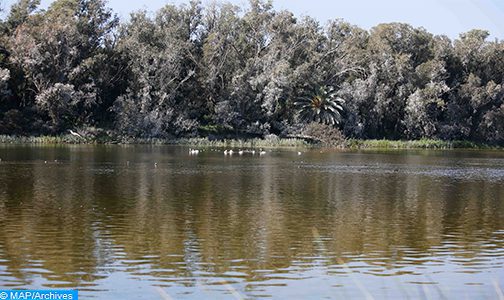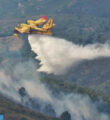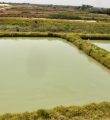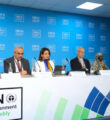Report Reveals Progress on Environmentally Protected Areas but Quality must Improve
Nairobi – Although the world has made major progress toward a decade-long target for environmental protection areas, it has fallen far short on commitments regarding their quality, the UN Environment Programme (UNEP) and partners said in a report published on Wednesday.
The study is the final “report card” on the goal of protecting at least 17 per cent of land and inland waters, and 10 per cent of the marine environment, by 2020.
Progress currently stands at 16.6 per cent on the first target, with some data still outstanding, while the marine target stands at 7.74 per cent.
Overall, more than 22 million square kilometres (km2) of land and inland water ecosystems, and 28.1 million km2 of coastal waters and ocean, are within documented protected and conserved areas. This represents an increase of over 21 million km2, or 42 per cent of current coverage, since 2010.
The Protected Planet Report was issued by UNEP World Conservation Monitoring Centre (UNEP-WCMC) and the International Union for Conservation of Nature (IUCN), with support from the National Geographic Society, a global non-profit.
To be effective, protected and conserved areas need to include important places for biodiversity, it said, yet one-third of key biodiversity areas– whether on land, inland waters or the ocean –are not protected at all.
“Protected and conserved areas play a crucial role in tackling biodiversity loss, and great progress has been made in recent years on strengthening the global network of protected and conserved areas,” said Neville Ash, Director of UNEP-WCMC.
“However, designating and accounting for more protected and conserved areas is insufficient; they need to be effectively managed and equitably governed if they are to realise their many benefits at local and global scales and secure a better future for people and planet.”
The report’s authors expect scaling-up coverage and effectiveness will be part of the post-2020 global biodiversity framework which will be agreed at a UN conference scheduled for Kunming, China, in October.
They said the challenge will be to improve the quality of both existing and new areas, as biodiversity continues to decline, even within many protected areas.












